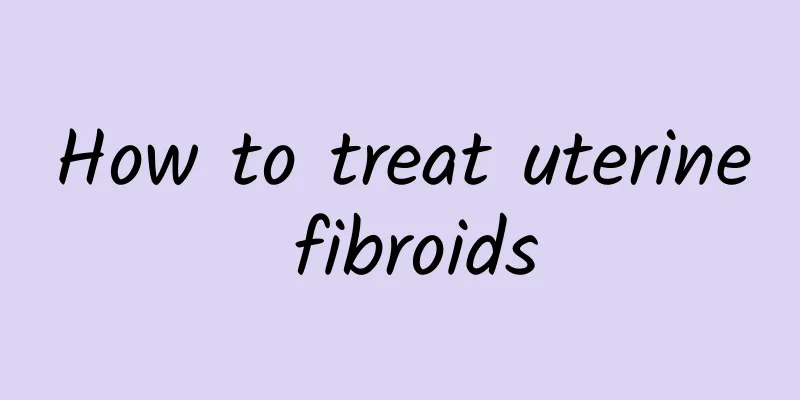What are the effects of intrauterine adhesions and cervical adhesions on fertility? What are the hazards of intrauterine adhesions?

|
The uterine cavity is where the fertilized egg implants and the fetus grows and develops. The uterine cavity is where the fertilized egg implants and develops. If the uterine cavity is adhered, the fertilized egg cannot implant smoothly and the fetus does not have a good growth environment, which will cause infertility or miscarriage; it is also the reason why IVF cannot be done. According to statistics from home and abroad, any surgery on the uterine cavity can increase the incidence of uterine cavity adhesions, which is more common after miscarriage and rough curettage. A few cases are seen after acute cervicitis, sometimes coexisting with endometriosis. The main symptoms are amenorrhea or oligomenorrhea after miscarriage or curettage. Due to extensive adhesions in the uterine cavity, the outflow of menstrual blood is blocked. Therefore, most patients may also be accompanied by periodic abdominal pain, which often causes infertility. Although some can get pregnant, they also end up with recurrent miscarriages. Someone reported 192 cases of endometrial adhesions, of which 141 were infertile, 51 were recurrent miscarriages, and none resulted in the birth of a live baby. This shows that intrauterine adhesions have a great impact on fertility. The cervix is a passage leading to the uterus and is also an important line of defense to prevent pathogens in the vagina from invading the uterus; when cervical adhesions prevent sperm from passing through the cervix, conception cannot be achieved. Cervical adhesions can easily lead to female infertility, mainly because of inflammation in the cervix itself. It affects the function of sperm, egg or fertilized egg; or kills sperm, egg or fertilized egg; or sperm cannot pass through the uterine cavity to combine with the egg; or the endometrium is damaged, affecting the function of the endometrium and the implantation of the fertilized egg, leading to infertility. Cervical adhesions are often caused by chronic cervicitis that has not healed. Abortion is one of the causes of cervical adhesions. Curettage can also cause cervical adhesions. At the same time, cervical erosion also causes cervical adhesions. Cervical adhesions are often manifested as amenorrhea, abdominal pain, infertility, etc. |
Recommend
Some precautions after abortion
The precautions after abortion are a topic of gre...
Will multiple uterine fibroids become cancerous? What are the causes of multiple uterine fibroids?
Will multiple uterine fibroids turn into cancer? ...
Ten months of pregnancy: twins, one baby and one uterine fibroid
Ning Hong (pseudonym), who lives in Yilan County,...
Dangerous fat! Get rid of visceral fat from three meals
"Oh no! I gained 2 kilograms after the Chine...
Reading negative news will make you fat and eat more high-calorie snacks
Past studies have shown that people who frequentl...
Office workers should not eat the wrong food before and after exercise! Nutritionist: 5 great convenience store foods
For many office workers who have the habit of exe...
What should I do about uterine fibroids? What are the traditional Chinese medicine remedies for uterine fibroids?
Uterine fibroids are a common disease among femal...
Experts reveal the reasons why cervical erosion has not been cured
Many people must know or understand the disease o...
Eat this way to fight cancer, nourish and strengthen your body! Nutritionist demonstrates how to make "Mushroom Chicken Soup" for lunch to replenish nutrition and energy
Delicious and rich soups not only have rich and d...
Combination of Chinese and Western medicine to treat endometrial thickening
With the increasing incidence and serious harm of...
National Endometrial Tuberculosis Hospital
As the number of patients suffering from endometr...
How to prevent cervical erosion from becoming cancerous? 5 ways to prevent cervical erosion from becoming cancerous
Cervical erosion is a very common gynecological d...
What is the reason for women’s scanty menstruation?
What is the reason for women’s scanty menstruatio...
How to remedy contraceptive failure and what are the precautions after miscarriage?
If contraception fails, you can take emergency co...
Experts introduce the examinations for irregular menstruation that you need to know
It is very important for female friends to check ...









